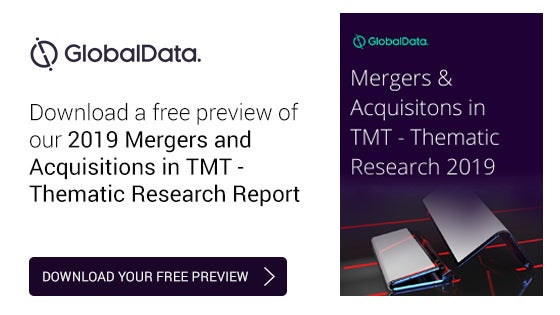With over 20 years of aerospace experience, the company can supply the best solution for your exterior requirements.
These may range from corporate fleet graphics, tail logos, registration, custom decal design or advertisement images, to a full-colour graphics or any other image. Logo Sky can manufacture in accordance with your drawings and specifications.
Alongside their modern facilities and hi-tech equipment, the company have their our own creative design department ready to work with you to fulfil your needs.
Logo Sky’s trained and experienced mobile staff have been involved in decal installations around the world. All the materials they use are special aviation-approved, graphic aircraft films and they supply a Certificate of Conformity for all projects.















